|
|
|
June 29, 2023
Stay informed! Here?s a summary of upcoming wildlife and habitat management activities and ways you can discover, explore and experience Minnesota?s outdoors.

Window on Wildlife: mallards
You can watch a live view of a mallard duck nest with soon-to-hatch eggs on the DNR Window on Wildlife! The nesting structure on camera is located in a pond at the Lake Sallie Aquatic Management Area, which is where the Detroit Lakes DNR office is located.
Check back often this week as we expect the eggs in the nest on top of the nesting box to hatch soon. Once out of the shell, the hatchlings will jump into the water. Don?t miss it!
|
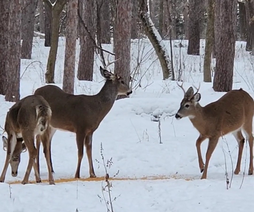
DNR updates deer feeding and attractant bans?
The DNR removed deer feeding or feeding and attractant bans in 24 counties to focus restrictions on areas where risk of chronic wasting disease spread is of greatest concern.
Bans will remain in place for 23 counties; the update removes 24 counties from these restrictions.?For a list of counties with bans and a map, visit the DNR website.?
The DNR uses deer feeding and attractant bans as a tool to reduce unnatural crowding of deer. This helps reduce the risk of exposure to chronic wasting disease in areas where spreading the disease is of the greatest concern. Please note: The DNR does not encourage the public to feed deer.
Residents interested in helping deer, especially during severe winter conditions, should focus efforts on improving habitat during the growing season to provide long-term food resources and shelter that deer can reliably find year-after-year. Find tips on how to enhance your land for the benefit of deer and other wildlife on the DNR website.
|
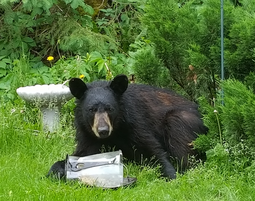
Minimize conflicts with bears this summer
In the absence of human-created attractions, bears rely on small, scattered patches of natural foods: specific types of young green vegetation in spring, certain species of ants and ant pupae in June, berries in summer, and nuts in fall. But if bears can get access to concentrated, high-calorie, easily accessible foods around people?s homes and campsites, they are quickly enticed away from their natural food sources.
It is important to secure anything that a bear would consider food. Don?t condition bears to associate homes or campsites with an easy meal by leaving out unsecured garbage, birdseed or pet food. Learn more about how to reduce property damage, and the chance of human-bear conflicts, on the DNR website and BearWise online resources.
|
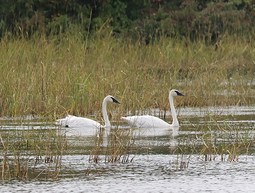
Wildlife Drive opening at Roseau River Wildlife Management Area
The 27-mile Wildlife Drive within the Roseau River Wildlife Management Area will be open from Saturday, July 15, through Sunday, July 23, and on Saturdays and Sundays thereafter through Sunday, Aug. 6. The self-guided tour traverses wetland, woodland, brushland, grassland and farmland habitats, providing visitors ample opportunity for wildlife viewing.
Roseau River WMA managed by the Minnesota Department of Natural Resources and located 20 miles northwest of Roseau, is part of the Pine to Prairie Birding Trail, which consists of 45 sites spanning a 223-mile corridor in the northwestern part of the state. These sites offer some of the most spectacular birding in the state, along with scenic beauty and friendly communities.
Photo courtesy of Kim Fish
|

Learn about fawn research!
In this webinar on Wednesday, July 12,?Tyler Obermoller, DNR natural resources specialist, will discuss how researchers are using thermal infrared drones to locate and GPS-collar white-tailed deer fawns to monitor and determine different causes of mortality. The talk will walk through this cutting-edge project from start to finish and uncover some of the mysteries of how newborn fawns can avoid predators.
The webinar is part of the?Minnesota Outdoor Skills and Stewardship Series. Live webinar presentations are at noon on Wednesdays. Registration is required?and free.
|
Wildlife photo highlights
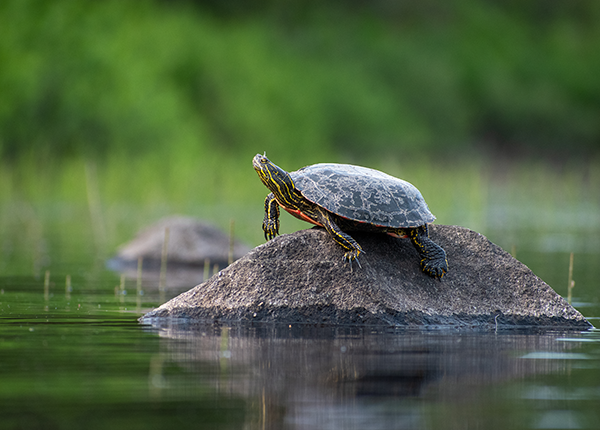 ?Painted turtle enjoying some sun in the BWCA? courtesy of?Kalli Hawkins
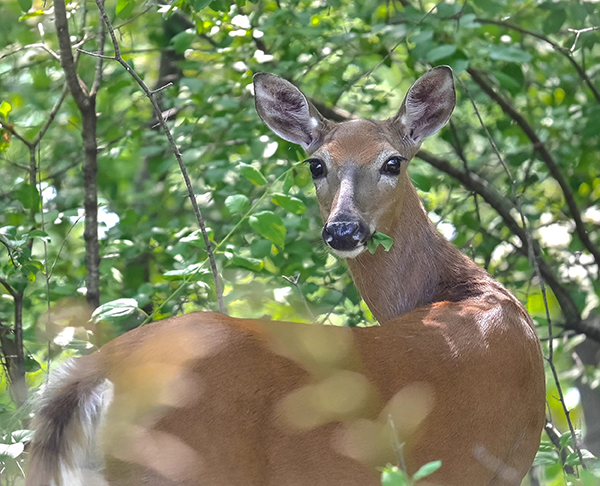 Courtesy of Umair
Have Minnesota wildlife or deer hunting photos to share? Upload your photos so we can share them in DNR email updates, social media and our website.
|
|
|
|
Get hunting information
Find hunting and trapping regulations, harvest registration, how to contact a conservation officer and information about pursuing a variety of species at the DNR hunting webpage. New to hunting? Check out the DNR learn to hunt guides.
|
|
